PICINISCO
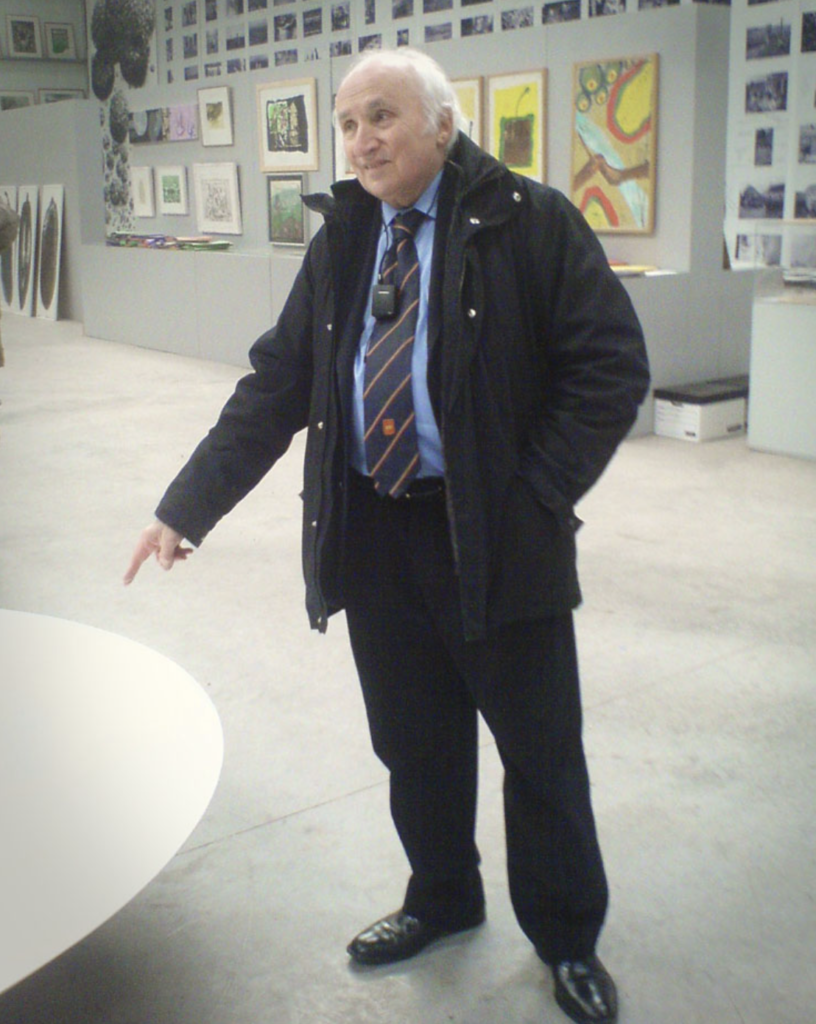
The branches of our Italian family come from various hamlets in Italy. On our Quilietti, Brucciani and Conti sides our roots lie in beautiful Tuscany. The Brattisani family are from Parma in Emilia Romania. But we also have links with Picinisco through the Arpino, Demarco, Fusco and Arcari sides of our extended family.
https://www.demarcoarchive.com/rico-documentary
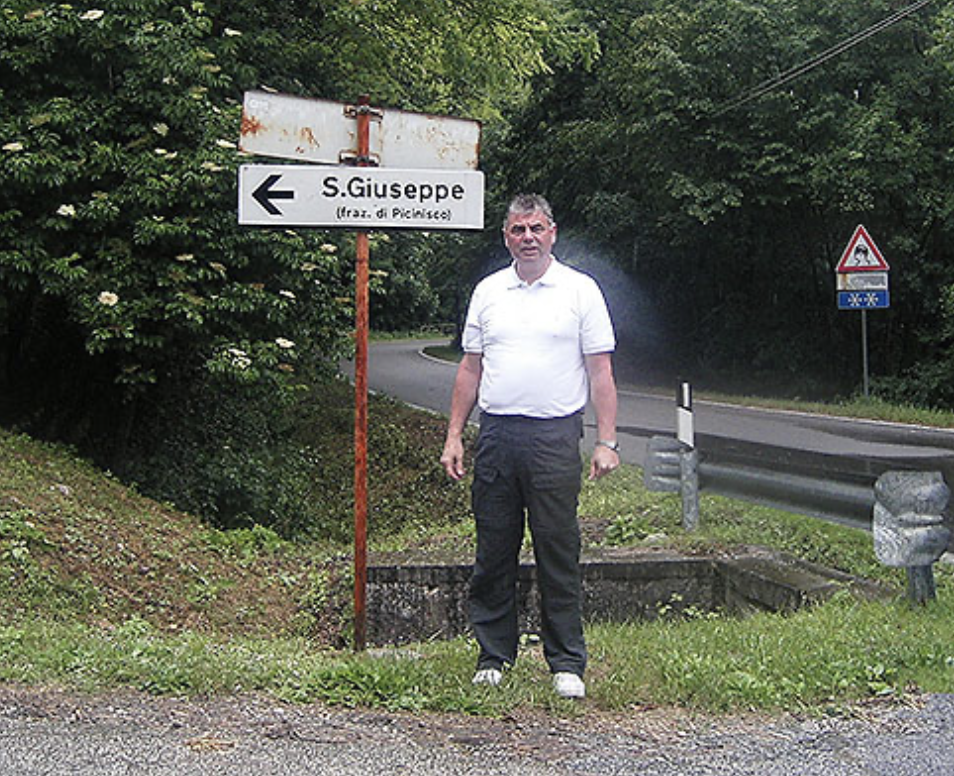
Stuart Capaldi has a dedicated site to his family. Our families intertwined many decades ago but have a look at his site, it is wonderful
http://capaldi-clan.com/id2.html
http://www.youtube.com/watch?v=zEIqNIMUO8w
http://www.youtube.com/watch?v=UnOI7JFewMg
The Crolla family who are very well known in Edinburgh and Salcoats also come from this areahttp://crollas.blogspot.com
/http://www.alrightposters.com/crolla/victoriancrollas.html#top
ttp://www.comune.picinisco.fr.it/gallery-foto-da-picinisco.html
In the mountains of the Abruzzo National Park, which surround the beautiful valley of Comino, is Picinisco. is a fantastic view that you can enjoy from this height, and when the days are clear, the view embraces the whole of the Comino Valley below.
The natural beauty of which it ‘rich tourists to the country provide a cocktail of attractions: a scenic road 12 km long. and ‘can reach the ski resort of Prati di Mezzo immersed in a white mantle of snow throughout the winter. The summer ‘Instead, you can enjoy the tranquility’ of the site also, with long walks in the woods. Near Picinisco and ‘can also enjoy the free arrampicatura on natural fitness of the Raven Rock. Also worth visiting is the ancient village of the country and the natural scenery of the Val Canneto, where the river flows tumultuously Melfa, which includes all waters of the surrounding mountains, to reach a massive dam that creates the artificial Lake Grottacampanaro. But the waters of Picinisco not only offer unforgettable moments: the Source and Scopello fact ‘good for curing diseases such as, for example. those of the liver.
The following information come from the De Marco website http://www.voluta.co.uk./sitedata/italy/culture.htm These De Marco’s settled in Brighton and their website is very fascinating and has many photographs of their family. Please go in and have a look
The Crolla family also come from Picinisco and they have a wonderful website which is about mostly the Manchester Crolla invasion. http://www.alrightposters.com/crolla/thecollettafamily.html http://www.alrightposters.com/crolla/index.html
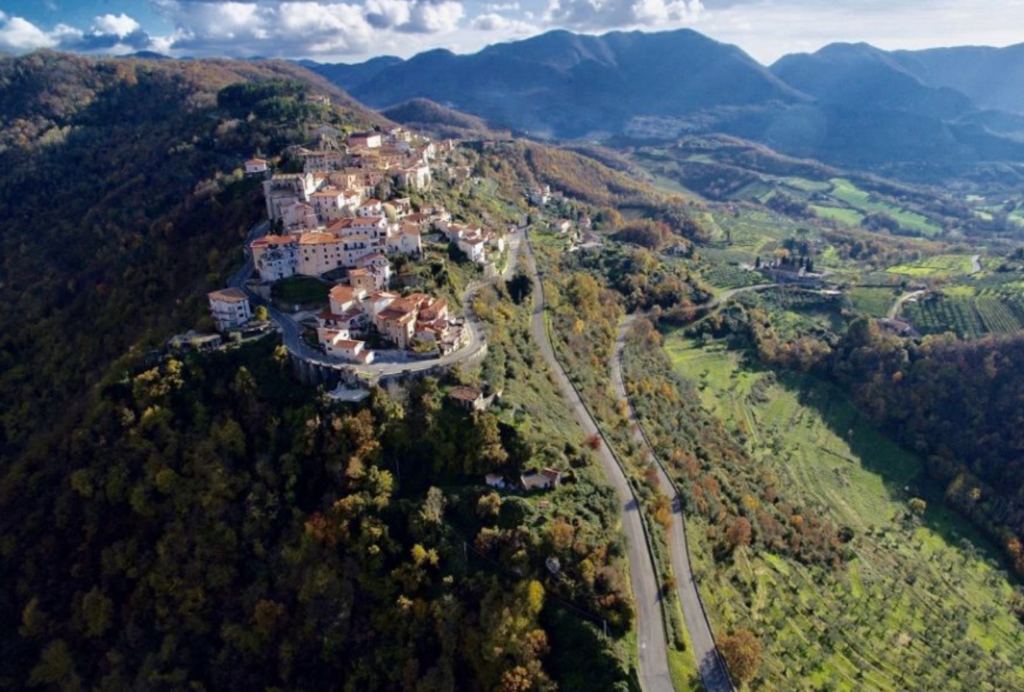
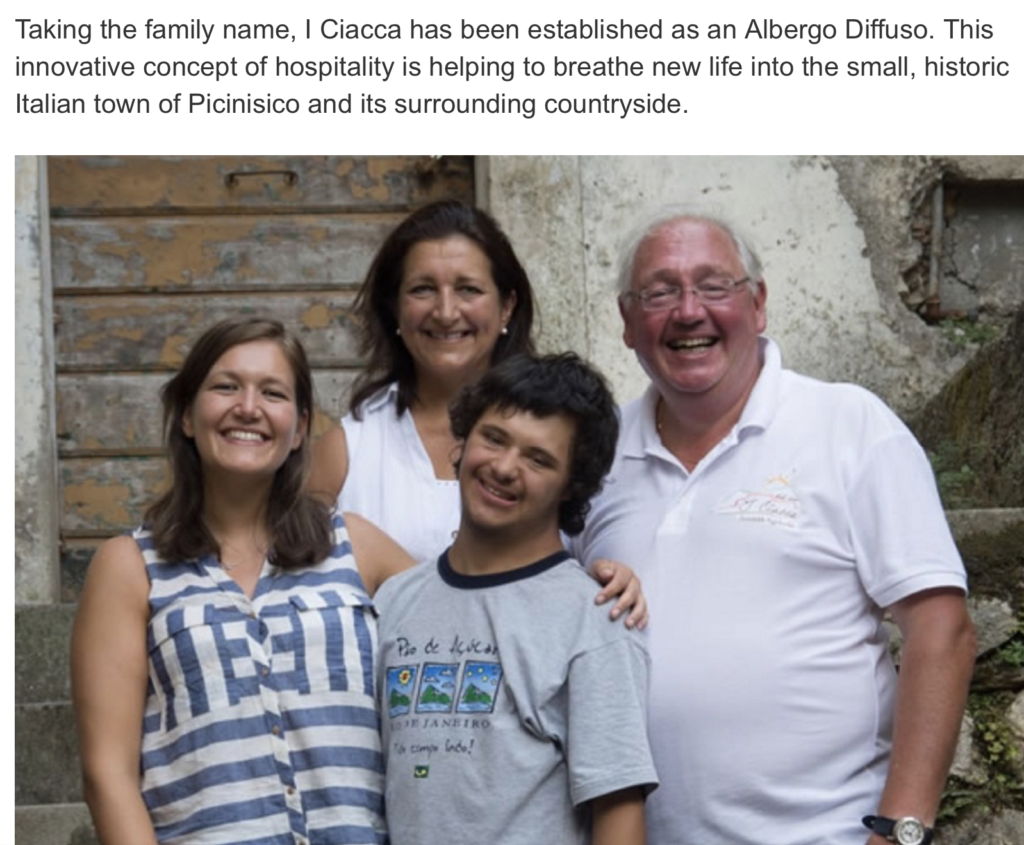
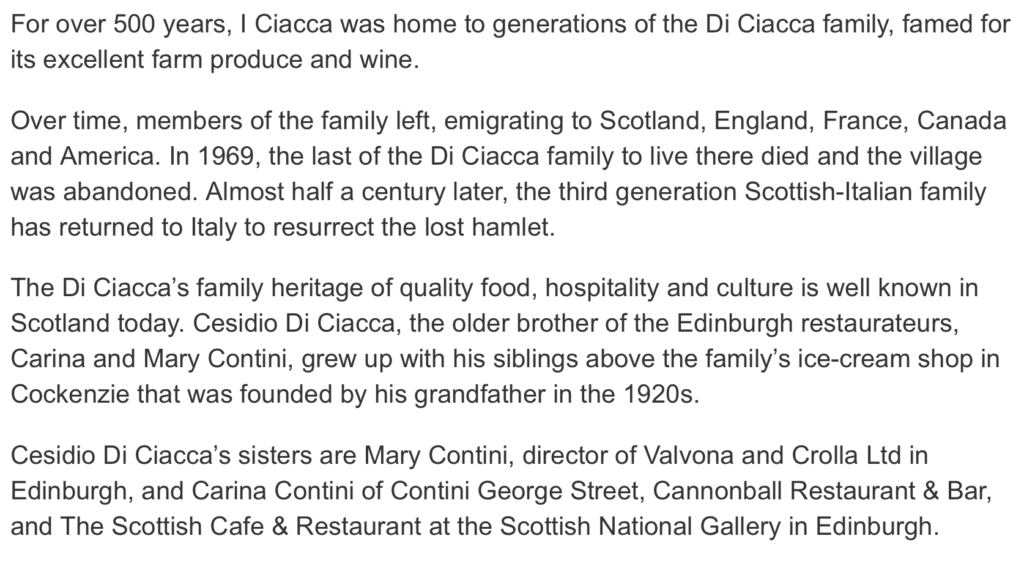
HISTORY of the area
The late 1800’s were a time of economic crisis for peasant farmers in the Italian countryside. Improvements in agriculture had lowered food prices and persuaded the larger landowners to move into more profitable and less labour intensive production. Many British Italian families can trace their arrival in England or Scotland to this date. Many of the older generation were illiterate, In England, they taught themselves to read and write.
In 1889 a traveller
Agriculture in this upland country is in its most primitive state. The soil is thin, and in many places exists only in patches, by huge rocks. That which is tillable is planted in grapes and olive orchards, the intervening spaces being cultivated with various products, among which wheat predominates. Everything is done by hand, even to the threshing and winnowing of the grain. It is afterward spread upon sheets to dry, and children are placed as sentinels for its protection from hungry fowls. The final process is that of picking out the had grains. This portion of the labour is performed by girls, who sit in the doorways or upon the broken steps of narrow and inclined streets for hours at a time, each one holding on her lap a large wooden tray, to facilitate the search.
The living of the Ciociari is at best but a meagre fare. The principal articles of food are not available are a rough cake made from corn meal, called polenta, beans and an occasional roll of wheaten bread, not too white in colour, accompanied with a bottle of wine.
DE MARCO connections
After his parents retirement to Picinisco, Giacinto De Marco and his brother would send or take food and clothing to their relatives in Italy and occasionally, in return would receive a parcel back. A large wicker basket complete with handle would arrive, it’s contents of cheese and preserved meat kept in place by sewing a piece of rough linen with cord to the rim of the basket. This was then sealed with black sealing wax and the address roughly written on the fabric with black ink. I can’t imagine what customs thought of these strange parcels. Inside, apart from the picorino, there would be a slab of Prosciutto, darker and heavier than the usual kind and two sorts of sausage, a semi-dried pork sausage, dark and spicy and a hard gnarled black sausage made with pigs blood. All had an intensely strong flavour, characteristic of the food from Picinisco.http://www.italymag.co.uk/forums/travel-talk-safety/6462-picinisco.html
In Agostino’s house in Italy, there was no fridge. Everything was eaten fresh or preserved. One of the large room opposite the kitchen, the coolest in the house, was used as a store and smelt strongly of preserved meat. There was a shelf of large jars containing sausages preserved in oil, some salamis hung from the ceiling. All this was reserved for special occasions. http://www.pbase.com/casale/family_album
Their daily diet was simple, pasta or polenta, eggs from their chickens, chickpeas and fruit from their garden and tomatoes for sauce (and no sign at all of sun dried tomatoes and balsamic vinegar!). The local wholemeal bread was a large round flavoursome disk with huge holes in the dough. The bread lasted several days gradually becoming more chewy as it aged. A slice with an egg was a feast. The local oil was dark green and unfiltered you could hardly see through the bottle and the wine was, to be polite, unsophisticated.http://www.alrightposters.com/crolla/italianlinks.html
There was no fresh cows milk at all, bottles of sterilised milk were sold in the shop but I never saw one bought. Once a week, a lady came round the house selling tiny amounts of goats milk. Agostino got the habit of having afternoon tea in England, supplies of tea and biscuits were regularly sent to him. Chickens could be bought fresh in Atina, they were sold still live often hanging up tied by their legs.
One day the kitchen was filled with women carrying large baskets of bright red tomatoes. The cauldron hanging by it’s chain over the fire was busy all day reducing the tomatoes to pulp, they were bottled in large jars for the winter.
In the autumn, several nearby villages had their feast day. You could always tell, as the place in question would let off thunderflashes at regular intervals . The largest feast was that of Picinisco which lasted 3 days. On the first day, family groups would begin to arrive in the village on foot, some of the women carried suitcases on their heads. Occasionally, a large group would be led by their priest. The village square was crowded, there were stalls selling religious articles, entertainers and the same beggars who attended all the local feasts. Every half-hour, a band played patriotic songs and the inevitable excerpts from Verdi. The next day, there was a pilgrimage to a shrine in the maintains, and on the third day the feast ended with a magnificent display of fireworks
http://www.voluta.co.uk./sitedata/icemaker/makingicecream.html
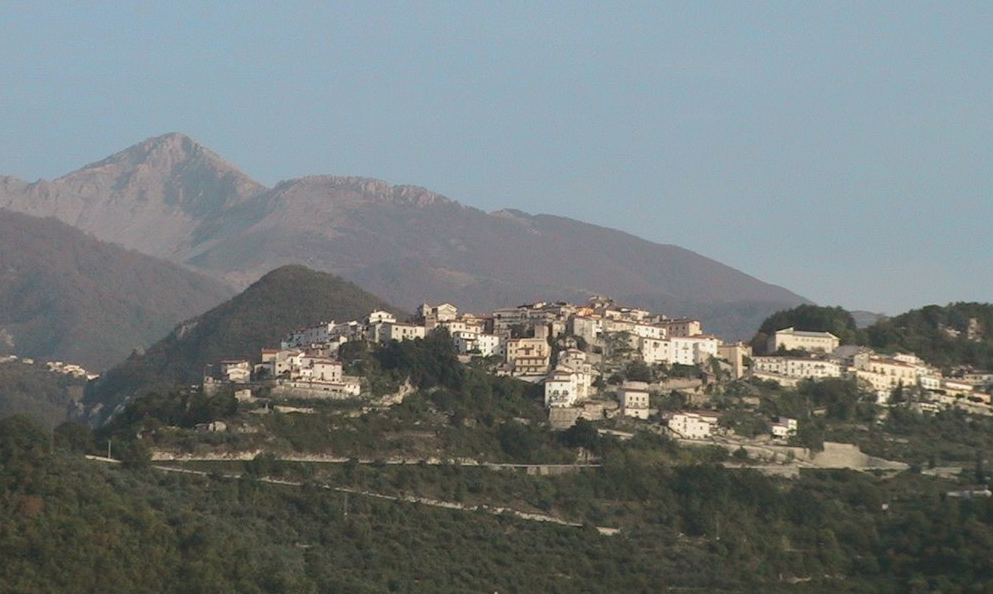
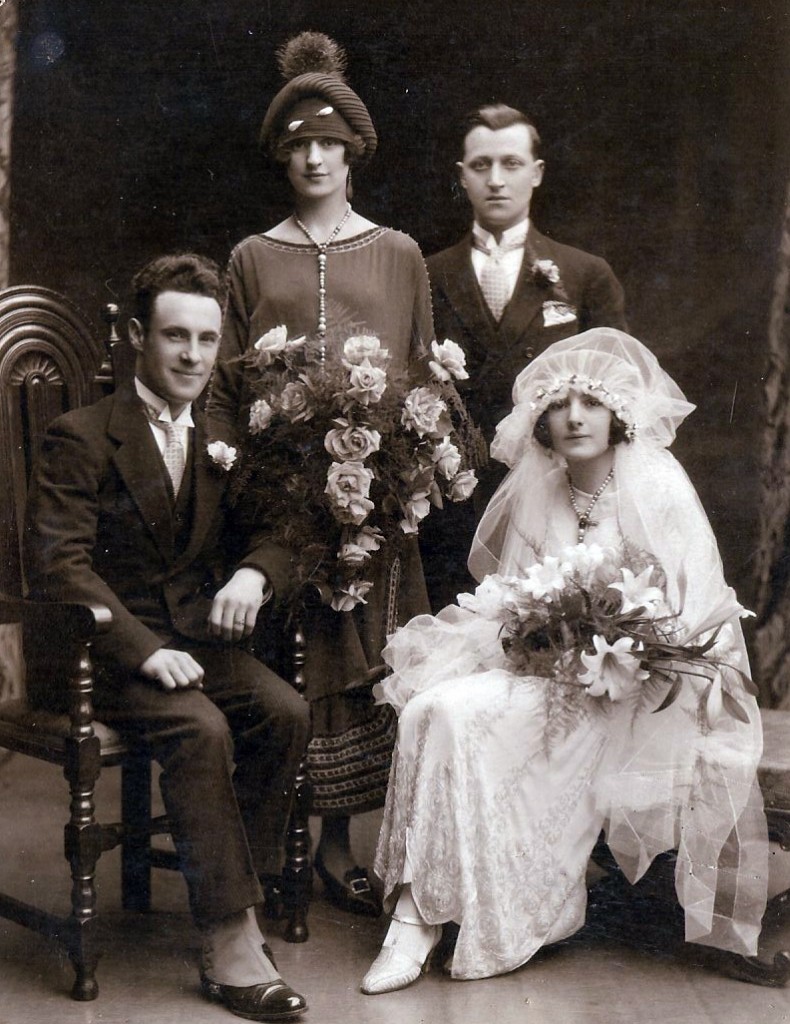
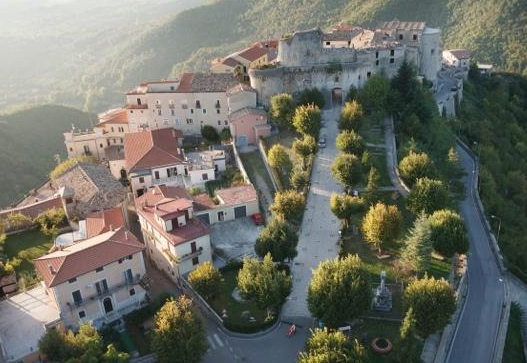
Leave a Reply